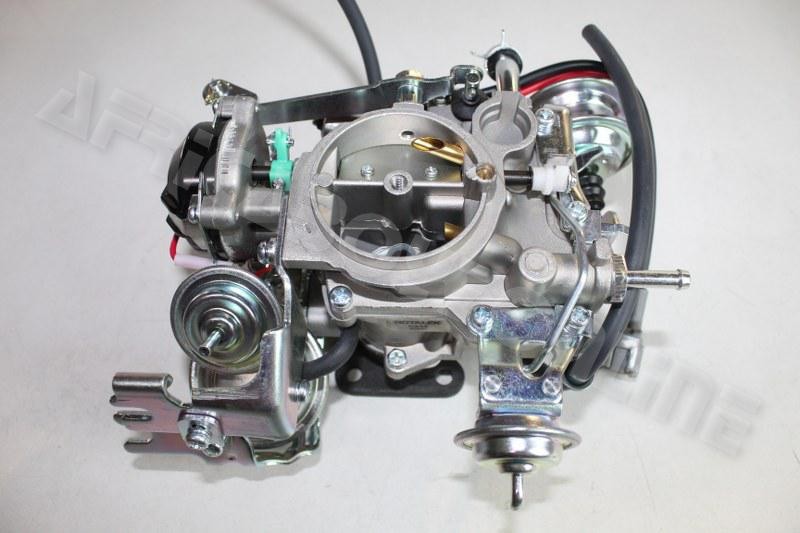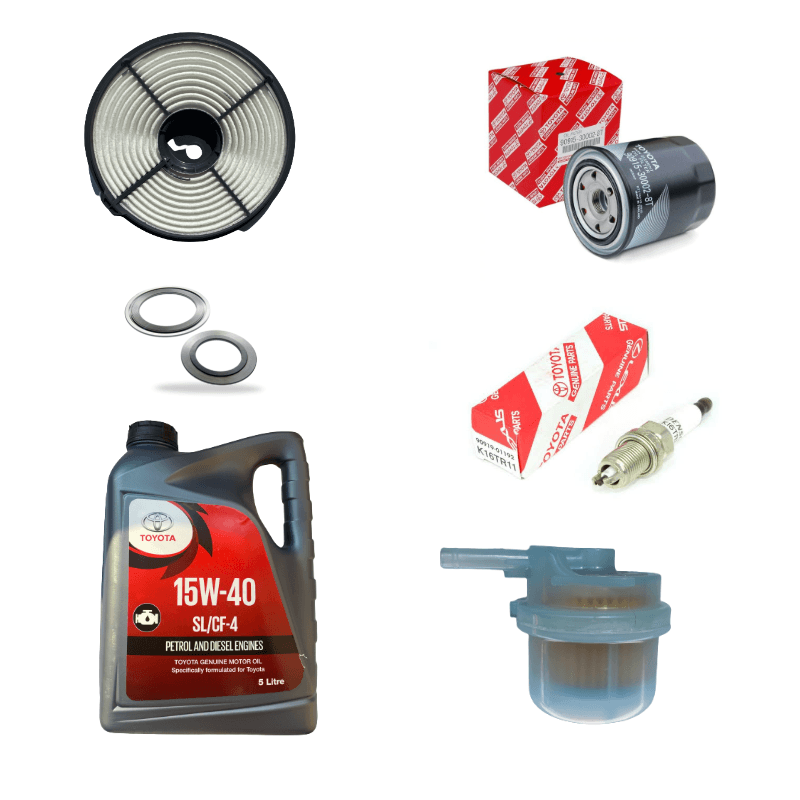Toyota Tazz: Why It’s a Top Choice for Urban Commuters and Small Families
Toyota Tazz: Why It’s a Top Choice for Urban Commuters and Small Families
Blog Article
Explore the Newest Fads in Engine Technology Via Tazz
In the rapidly advancing landscape of auto modern technology, Tazz stands at the forefront, highlighting significant developments in engine systems that focus on both technology and sustainability. From hybrid engines that maximize gas performance to the development of hydrogen fuel cells, the fads shaping modern-day powertrains are not just enhancing performance however also dealing with vital ecological challenges.
Hybrid Engine Innovations
Crossbreed engine advancements stand for an essential shift in automotive innovation, combining the benefits of inner burning engines with electrical propulsion systems. This integration not only enhances fuel efficiency but likewise minimizes emissions, meeting significantly rigid ecological laws. By making use of both power resources, hybrid engines can enhance performance, providing power when required while saving fuel throughout much less demanding motoring conditions.
Current improvements in crossbreed technology consist of enhancements in battery efficiency and regenerative braking systems. These innovations enable greater power recuperation during slowdown, which can be redirected to aid in velocity or power auxiliary systems. Moreover, manufacturers are concentrating on compact layouts and light-weight materials to maximize the effectiveness of hybrid powertrains.
The advancement of plug-in hybrids has actually additionally increased the market, enabling drivers to bill their cars making use of typical electrical outlets. This feature frequently enables for considerable all-electric range, further lowering reliance on conventional gas. tazz. As the vehicle industry proceeds to develop, hybrid engine modern technologies are anticipated to play an important duty in bridging the space between conventional automobiles and fully electrical models, providing a transitional solution that satisfies diverse customer demands and choices
Advancements in Electric Powertrains
The vehicle landscape is quickly evolving, with electrical powertrains emerging as a leading pressure in lasting transport. Developments in electric lorry (EV) innovation are substantially improving individual, efficiency, and performance experience. Secret developments consist of renovations in battery chemistry, which have boosted power density, decreased charging times, and expanded general battery life.
Solid-state batteries, for instance, guarantee to change the market by offering greater safety and performance compared to typical lithium-ion cells. Innovations in regenerative braking systems are allowing automobiles to recover energy during deceleration, adding to overall performance.
Along with battery modern technology, electric motor designs are ending up being a lot more innovative. Innovations such as incorporated electric motors and progressed thermal monitoring systems are aiding to optimize power shipment and minimize weight, eventually improving car dynamics.

Jointly, these advances emphasize the commitment to shift in the direction of cleaner, more efficient transport remedies, placing electric powertrains at the forefront of vehicle advancement.
The Surge of Hydrogen Fuel Cells
Increasingly, hydrogen gas cells are obtaining grip as a viable alternative to conventional interior burning engines and battery electric vehicles. This modern technology takes advantage of the chemical energy stored in hydrogen, converting it into electrical power with an electrochemical response with oxygen. The primary byproduct of look at here now this procedure is water, making hydrogen fuel cells an ecologically pleasant alternative with absolutely no emissions at the tailpipe.

Automakers are progressively buying hydrogen gas cell technology, acknowledging its possibility for long-range applications and rapid refueling capabilities that match standard gas. Additionally, markets such as sturdy transportation and public transportation are specifically well-suited for hydrogen gas cells, where battery electrical options might fail because of weight and range limitations.
As research study and financial investment remain to expand, hydrogen gas cells are positioned to play a significant function in the future landscape of tidy transportation and power services.
Enhancements in Internal Combustion Engines
Developments in internal combustion engine (ICE) modern technology are changing standard automobiles to satisfy modern environmental standards and efficiency assumptions. One of one of the most considerable enhancements includes the combination of sophisticated fuel shot systems. These systems optimize the air-fuel blend, enhancing combustion performance and leading to minimized discharges. Direct fuel shot, for instance, enables for much better atomization of fuel, bring about even more full combustion and improved power output.
Furthermore, turbocharging has actually obtained importance, allowing smaller sized engines to provide higher performance without the weight of bigger engines - tazz. This technology not only enhances efficiency but additionally adds to reduce fuel consumption. Variable valve timing systems are additionally being improved, making it possible for engines to adapt to different driving problems for boosted torque and responsiveness
Additionally, using lightweight products in engine construction is ending up being typical, further improving gas performance by reducing overall automobile weight. Engine control devices (ECUs) are increasingly sophisticated, enabling real-time modifications that enhance efficiency and exhausts.
These improvements jointly signify a critical shift in ICE innovation, lining up with worldwide sustainability goals while still supplying the performance motorists anticipate from their automobiles. As the market develops, these improvements remain to form the future of standard automotive design.
Future Patterns in Engine Effectiveness
Significant innovations in engine effectiveness are anticipated as manufacturers concentrate on integrating sophisticated innovations to fulfill rigid environmental laws and consumer needs. The shift towards electrification, crossbreed systems, and alternate fuels is reshaping the vehicle landscape, driving developments that boost fuel economic situation and reduce emissions.
One of the crucial trends is the application of innovative materials and manufacturing techniques. Light-weight composites and high-strength alloys contribute to minimized vehicle weight, hence enhancing total efficiency. Furthermore, the adoption of turbocharging and variable valve timing modern technologies allows for enhanced power result from smaller sized engines, even more boosting gas economic situation.

Final Thought
Finally, the expedition of engine modern technology discloses considerable improvements that focus on sustainability and performance. Developments in hybrid engine systems, electric powertrains, and hydrogen gas cells demonstrate a commitment to reducing emissions while boosting performance. Moreover, renovations in internal burning engines and a concentrate on lightweight materials add to overall engine performance. As the automobile industry continues to evolve, these trends will certainly play a critical duty in forming a cleaner and even more sustainable future for transport.
From hybrid engines that maximize fuel efficiency to the introduction of hydrogen gas cells, the patterns forming contemporary powertrains are not only enhancing efficiency however likewise resolving important environmental challenges.Hybrid engine advancements represent an essential change in auto technology, incorporating the advantages of inner burning engines with electrical propulsion systems.Furthermore, turbocharging has actually gained prestige, permitting smaller engines to deliver higher efficiency without the click here to read weight of bigger engines. Additionally, the adoption of turbocharging and variable shutoff timing modern technologies permits for boosted power result from smaller sized engines, further improving fuel economic situation.
Renovations in internal combustion engines and a focus on lightweight materials add to total engine performance.
Report this page